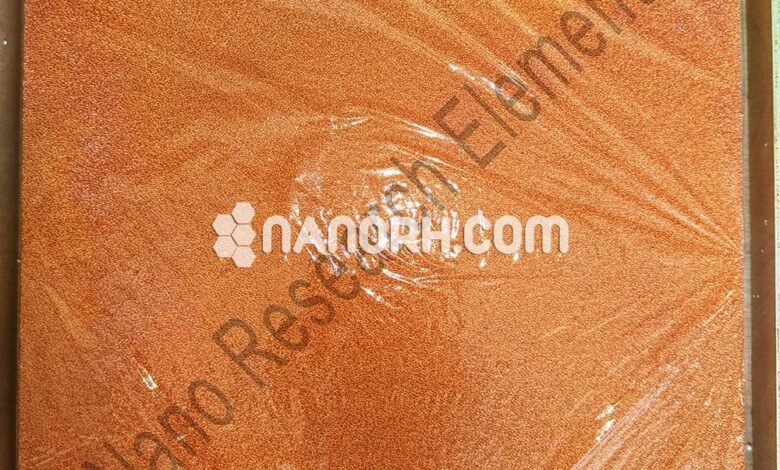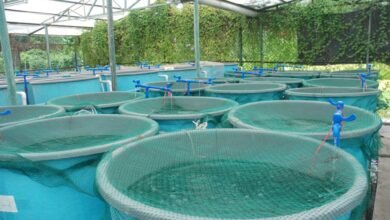Copper Foam Manufacturing: Introducing 3 Cutting Edge Techniques.

Copper foam stands out as a remarkably versatile material, seamlessly integrating electrical conductivity, thermal properties, and lightweight characteristics. Consequently, it finds diverse applications across various industries.
The quality and efficacy of the final product are heavily influenced by the manufacturing processes employed. In this regard, let’s delve into three advanced manufacturing techniques for copper foam, showcasing the progress in this field.
- Powder Metallurgy and Foaming:
Over the years, powder metallurgy has been a fundamental method for crafting metal parts. Recent advancements have expanded its scope to include copper foam production. This technique involves creating hydrogen gas during sintering by combining copper powder with a foaming agent like titanium hydride. Sintering the compacted mixture results in the breakdown of the foaming agent, releasing gas and forming a porous structure within the copper matrix. Adjusting sintering conditions and foaming agent concentration allows manufacturers to customize mechanical characteristics and porosity. This method is employed to produce lightweight and structurally sound copper foams for applications in electronics and automobiles.
- Replica Technique:
Also known as the sponge replication method, this technique mimics the structure of a sacrificial template to create copper foam. The sacrificial template, usually made of polymeric foam or another porous material, serves as the mold for copper foam. The process involves infiltrating the template with a copper precursor solution. After solidification, the template is removed, leaving behind a copper foam structure that replicates the complex pore arrangement of the original template. This method offers flexibility for designing intricate and customized pore structures, proving particularly beneficial for applications requiring specific geometries.
- Metal Powder Space Holder Technique:
A significant advancement in copper foam manufacturing, the Metal Powder Space Holder (MPSH) technique enhances porosity control and structural integrity. In this method, copper powder is mixed with temporary space holders made of substances like sodium chloride or ammonium carbonate. These space holders are distributed throughout the powder bed, creating voids that become the pores of the copper foam. Through the sintering process, copper particles fuse, and subsequent leaching removes the space holders, resulting in a porous copper structure. This technique offers precise control over pore size, space holder distribution, and overall foam density, making it ideal for applications requiring specific structural characteristics.



